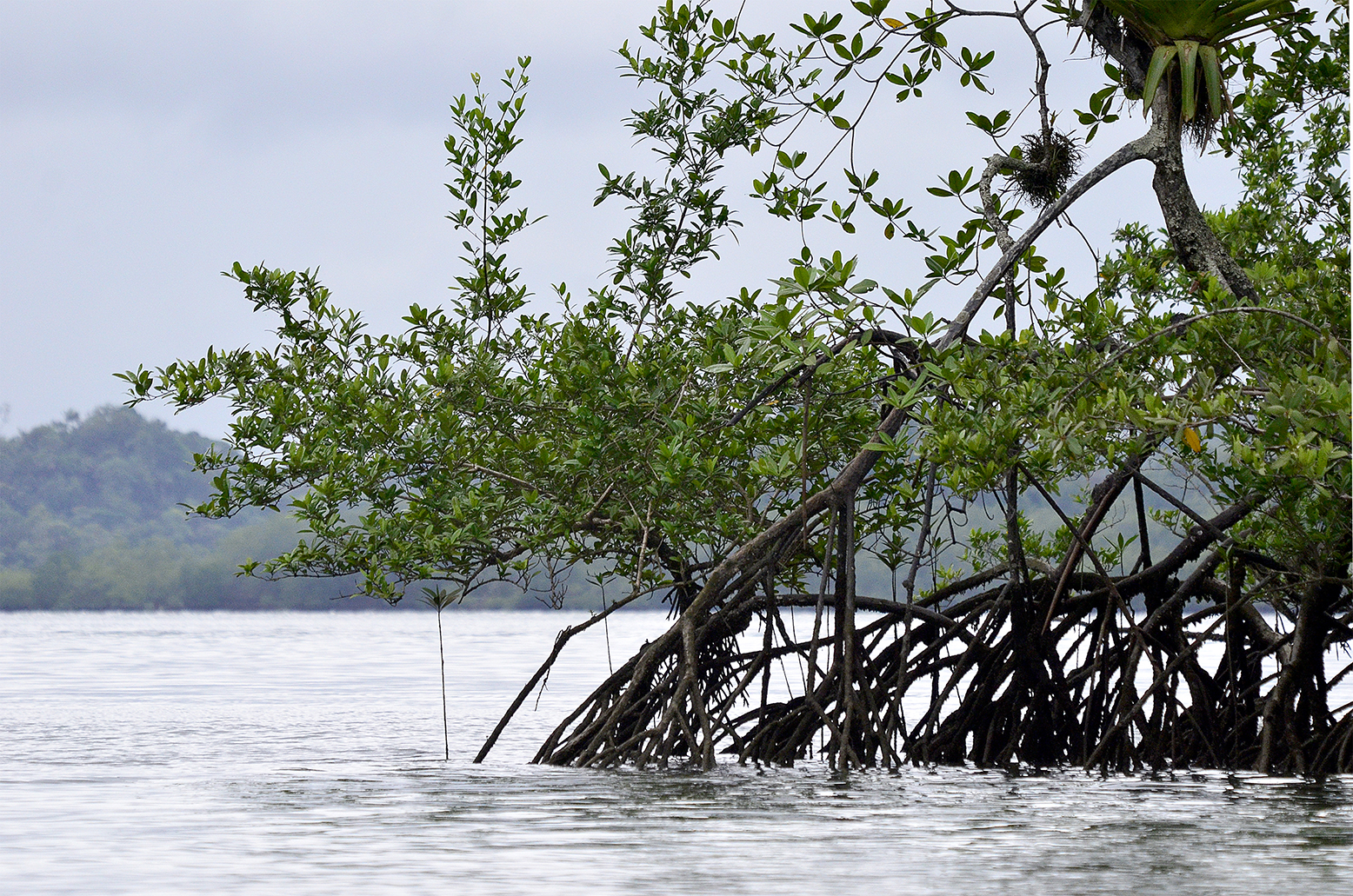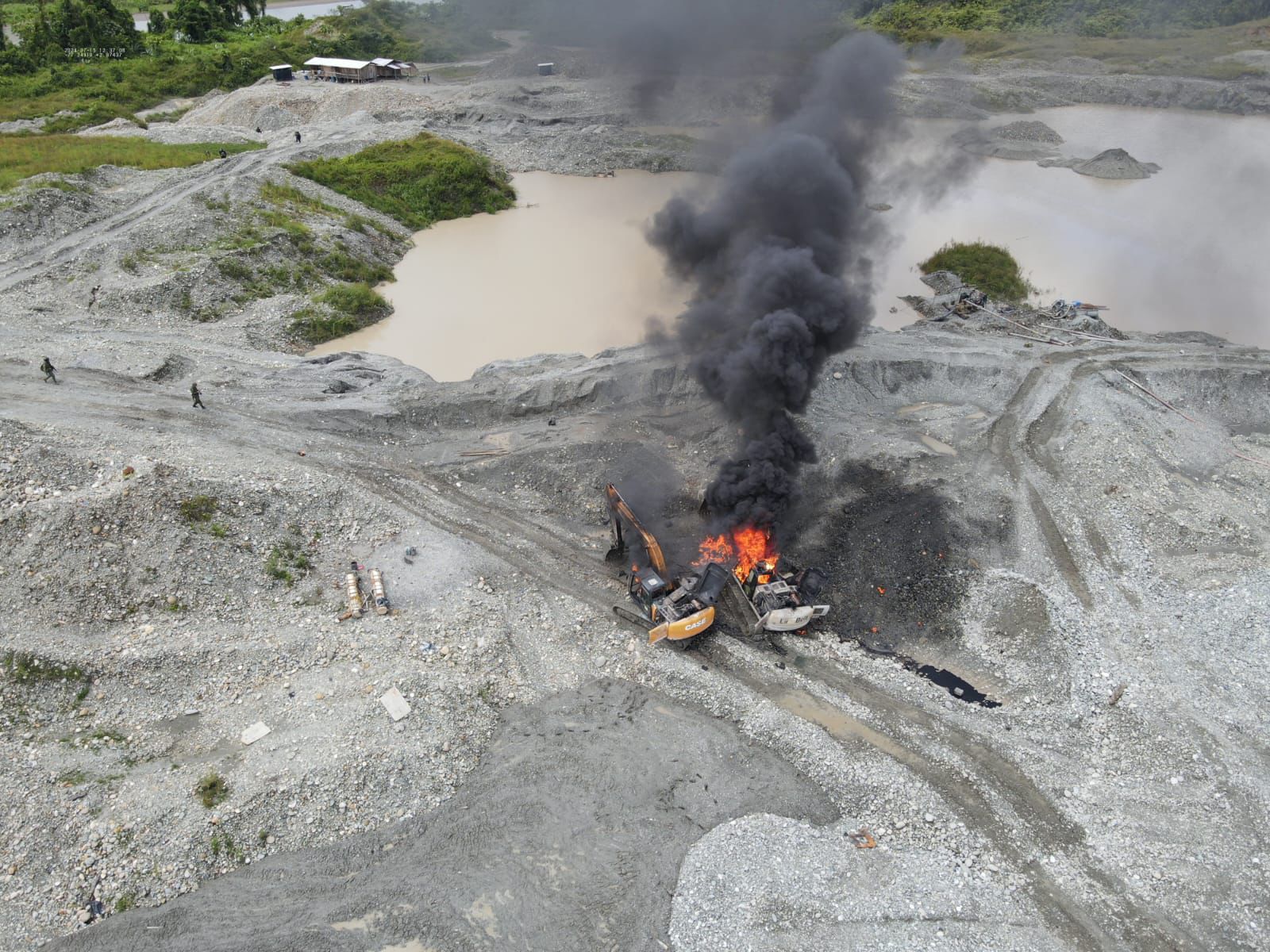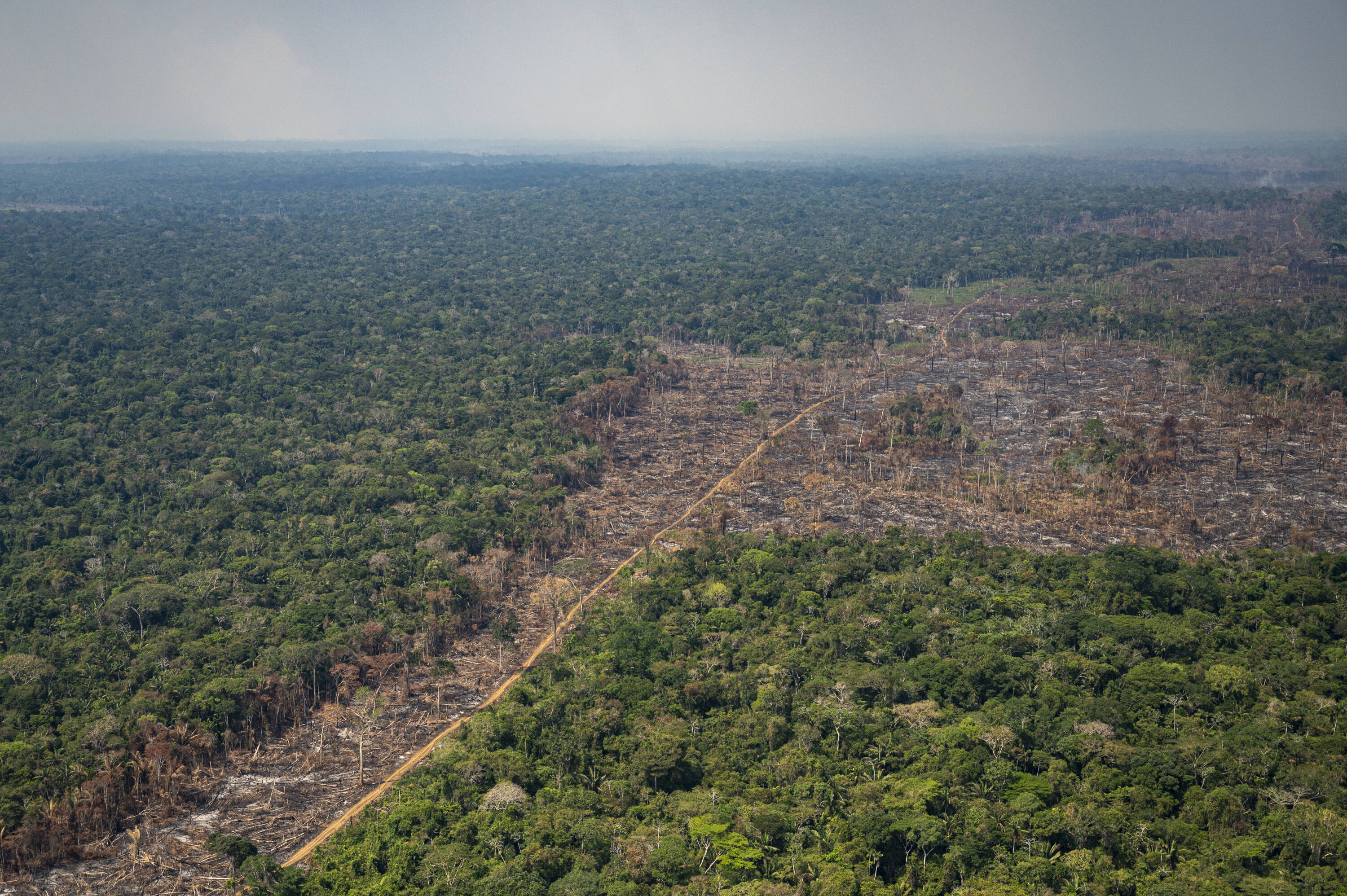'Deforestation is Colombia's Achilles' heel': Claudia Vásquez, director of The Nature Conservancy in the country

Just a few months before the COP30 meeting on climate change in Belém do Pará, Brazil, Colombia is arriving with a mixed record on environmental matters. While it has led global processes with the COP16 Biodiversity Summit and promoted the update of the National Biodiversity Plan, it still faces significant challenges in ecosystem protection, the regulation of illegal mining, land use planning, and the transformation of the agricultural model. This is according to Claudia Vásquez, Colombia director of The Nature Conservancy (TNC).
In an interview with EL TIEMPO, the executive emphasized that one of the most important advances was raising the profile of the environmental sector following COP16. Vásquez emphasized that Colombia has met international goals for the protection of terrestrial and marine areas, but warned about the lag in the protection of freshwater ecosystems, a critical outstanding debt for the country.
The expert warns that environmental planning is still lacking in infrastructure and energy projects, and she unhesitatingly asserts that deforestation remains Colombia's greatest weakness in its fight to protect biodiversity.

Claudia Vásquez, Colombia director for The Nature Conservancy (TNC). Photo: The Nature Conservancy
One of the recent milestones was holding the COP16 of the Convention on Biological Diversity in Colombia. Beyond the event, this allowed for a heightened awareness of the environmental sector and the establishment of dialogue with other ministries. Thanks to this momentum, work was carried out on updating the National Biodiversity Plan, in line with the commitments made by countries at COP15 in Montreal in 2022.
What stands out about this new National Biodiversity Plan? There was a pragmatic process of multisectoral workshops and dialogues where the most relevant commitments were established. One of the most important points—and one that is often neglected—is the goal on freshwater ecosystems. The global framework requires protecting at least 30% of terrestrial, marine, and freshwater ecosystems, but in Colombia this last point has been more complex. Although we have made progress in terrestrial and marine areas, there is no clear figure or robust strategy for freshwater ecosystems.
Why is it so important to protect aquatic ecosystems? Because without water there is no life. Although Colombia has a plentiful water supply, its freshwater ecosystems are increasingly under pressure from climate change, intensive agriculture, poor practices, and a lack of planning. Unlike terrestrial ecosystems, water moves without respecting geographic boundaries, which requires considering different protection approaches. At TNC, we support the development of this specific goal.

Ecosystems such as mangroves, rivers, and swamps are essential for water conservation. Photo: CVC
Colombia has provided important leadership, especially in recognizing the role of Indigenous peoples and local communities in biodiversity conservation. This relationship between climate and biodiversity is crucial for countries like ours, where one cannot be understood without the other. It is essential that this vision continue to be strengthened at the Amazon Conference on Climate Change.
What communities should be taken into account in addition to indigenous communities? In addition to Indigenous peoples, there are guardians of páramos, natural savannas, and other communities who also fulfill vital conservation functions. While it is right to focus on Indigenous communities, the contribution of other rural actors who protect strategic ecosystems cannot be ignored.
What are the major challenges Colombia still faces in biodiversity conservation? There are sectors, such as agriculture, that still don't fully understand what it means to live in a megadiverse country. This sector is the greatest transformer of ecosystems, but it also has the potential to become an ally if it adopts regenerative, agroforestry, or silvopastoral models. There is already evidence that alternative ways of producing food can be beneficial to nature.
What other challenges do you identify? Illegal mining, particularly in the Amazon biome, is devastating and requires transnational responses. There is also the issue of infrastructure: Colombia needs greater connectivity, but in a planned manner so as not to affect strategic ecosystems. And the energy issue: although our energy mix is said to be emissions-free, many hydroelectric plants have had very negative impacts on rivers due to inadequate planning.

Illegal mining in Cauca. Photo: Colombian Police
Deforestation is, without a doubt, our Achilles' heel. Although much is said about the Amazon, there are also severe transformations in other ecosystems. In the Caribbean, for example, only 8% of the tropical dry forest remains. The natural savannas of the Orinoquía also face pressure, as do the rivers, whose biodiversity has been severely impacted by cumulative and poorly planned decisions. We emit emissions, yes, but the most serious thing is that we are losing biodiversity.

In 2021, 170,000 hectares were deforested in Colombia. This is what some areas look like in Chiribiquete. Photo: Ministry of Defense
Environment and Health Journalist
eltiempo





